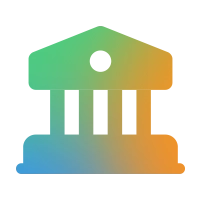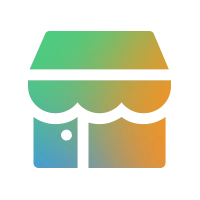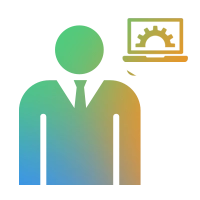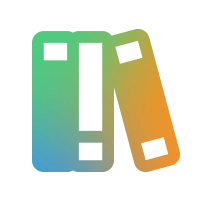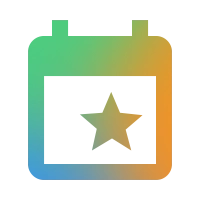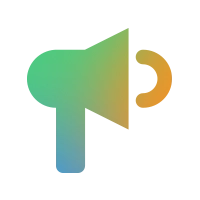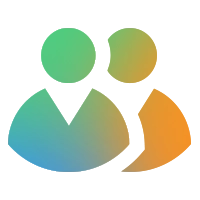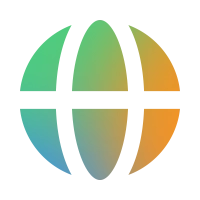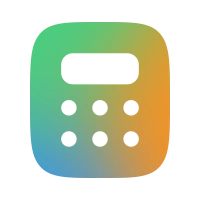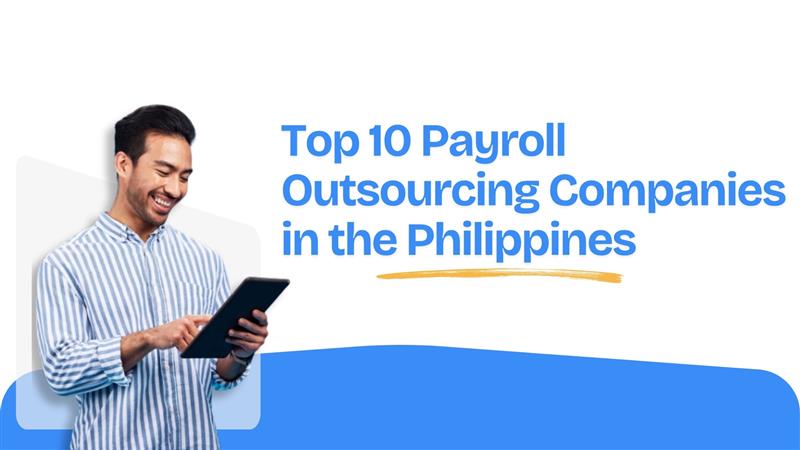
Table of Content
| 1. Why is this important for HR? |
| 2. Let’s start with the basics |
| 3. Getting started: Generative AI prompts |
| 4. How to implement AI in HR: Simple steps to help you paint the big picture |
| 5. Myths of AI in HR |
| 6. Gen AI in PeoplesHR |
"Generative AI is all the rage this year, and its power is on the rise. Brace yourselves, HR pros! This tech is about to revolutionize our game, delivering practically cosmic productivity gains. "
Why is this important for HR?
Research suggests that 93% of savvy HR managers using AI believe it's a cost-saving superhero. Surprisingly, only 70% are riding this efficiency wave. Those on the sidelines might be missing out on the cost-cutting party— and they're aware of it.
Bottom line? Don't procrastinate. HR managers are already reaping efficiency rewards with AI. It's time to join the club. Embrace the learning curve, bust those AI myths, and let the efficiency party begin!
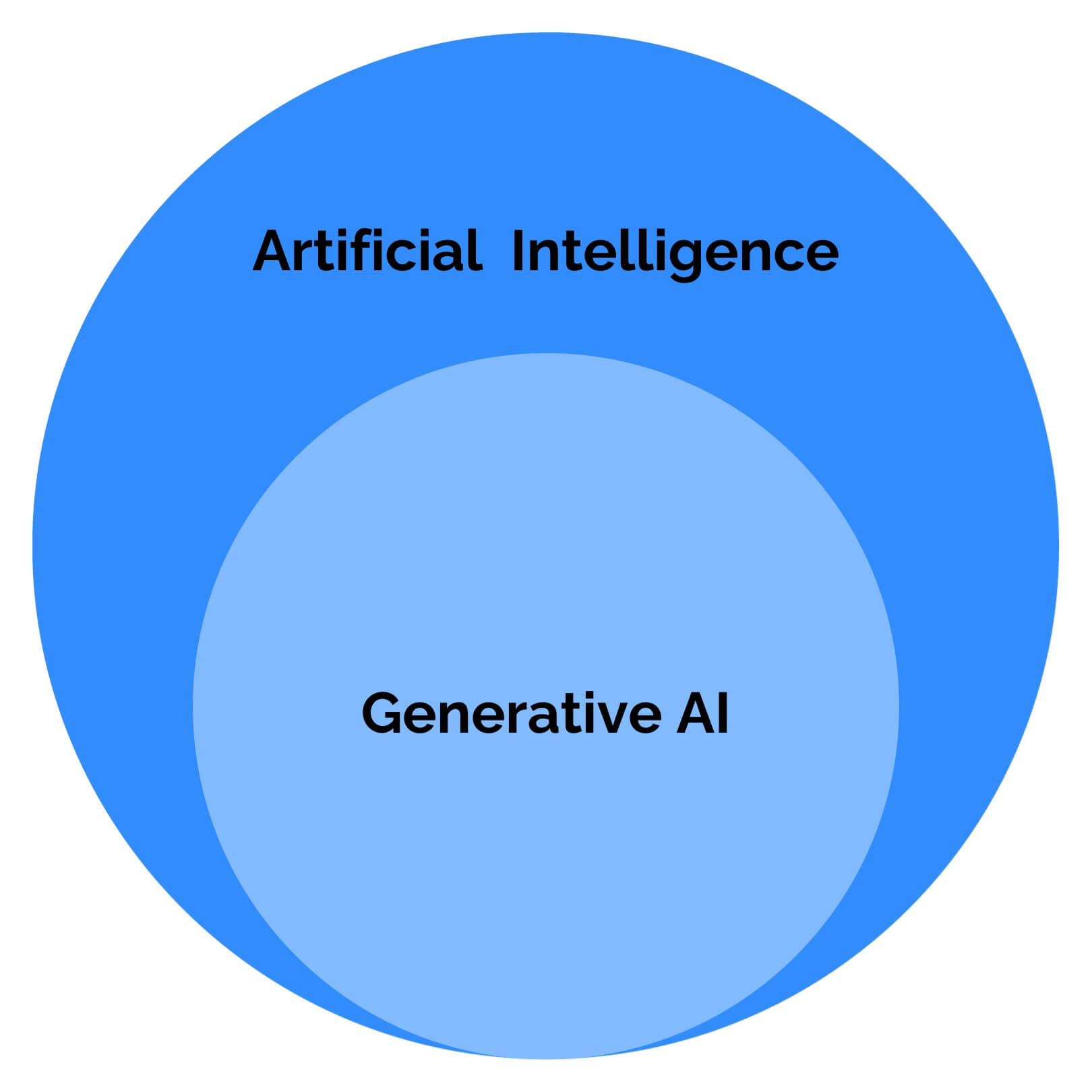
Let’s start with the basics
We have seen people interchangeably use the terms AI and Generative AI. They aren't the same thing.
Why is this important for HR?
Artificial Intelligence (AI) refers to machines' capacity to emulate human-like intelligence, undertaking problem-solving and decision-making tasks. AI tools can analyze and process data, generate insights and predictions, and automate intricate processes.
Gen AI
Generative AI, a subtype of AI, creates content like text or images by learning patterns from training data and producing new data. Examples include ChatGPT and DALL-E.
Getting started: Generative AI prompts
Generative AI, when prompted effectively, enhances HR efficiency and handles time-consuming tasks, freeing you to focus on high-impact work. For instance, in recruiting, tools like ChatGPT assist in generating, translating, and reviewing job descriptions. Plus, the easiest thing for anyone including HR to familiarise yourself with the technology is to test and have fun with its abilities. That's the right way to start.
Try prompting with for e.g. ChatGPT to create a job description using the template below. Replace the bolded parts with terms relevant to your organization:
"Assist in drafting a compelling job description for the position of [Job Title] at [Your Company]. Highlight key responsibilities, qualifications, and any unique aspects that would attract top talent. Additionally, review the description for any potential biases and propose adjustments for inclusivity"
How to implement AI in HR: Simple steps to help you paint the big picture
Implementing AI in HR need not be an overwhelming task. Here are some simple steps to guide you through the process:
Identify Pain Points:
Start by identifying areas in your HR processes that could benefit from automation and data-driven insights. Common pain points include recruitment, onboarding, and talent management.
Select the Right AI Tools:
Choose AI tools that align with your specific HR needs. Whether it's chatbots for streamlined communication or predictive analytics for talent management, select tools that complement your objectives.
Employee Training:
Provide training to HR staff on using AI tools effectively. Familiarize them with the technology and its applications within the HR domain.
Pilot Programs:
Begin with small-scale pilot programs to test the effectiveness of AI applications. This allows you to fine-tune processes and address any challenges before full-scale implementation.
Scale Gradually:
Once the pilot programs prove successful, scale up the implementation gradually. Monitor performance and gather feedback for continuous improvement.
Data Security Measures:
Ensure robust data security measures are in place to protect sensitive HR information. Compliance with data protection regulations is crucial.
Myths of AI in HR
As with any revolutionary technology, AI in HR has its fair share of myths. Let's debunk a few:
Data Security Measures:
Myth : AI will replace human jobs in HR.
Reality : AI enhances, not replaces, human roles by automating mundane tasks, allowing HR professionals to focus on strategic, high-value tasks.
Bias and Fairness:
Myth : AI perpetuates bias in HR decisions.
Reality : Properly designed AI systems can help eliminate human biases by relying on data-driven insights rather than subjective judgments.
Complex Implementation:
Myth : Implementing AI in HR is too complex.
Reality : With careful planning and step-by-step implementation, integrating AI into HR processes can be straightforward and beneficial.
Gen AI in PeoplesHR
PeoplesHR stands at the forefront of the HR revolution, unveiling a suite of AI-driven features.
From extracting insights through the Applicant Video Insight feature to elevating user engagement with our AI HR assistant, PAT, and simulating financial success via Payroll Simulations. Embrace the future of payroll with Robotic Process Automation, offering seamless automation with impressive, 30% productivity gains. Our AI-powered Employee Experience platform analyses sentiments, establishes leaderboards for recognition, and fosters a positive culture through kudos
In conclusion, as you step into 2024 with Generative AI, it's not just about staying ahead; it's about rewriting the rules. Embrace the efficiency, learn and debunk the myths. Your HR X AI revolution starts here, at PeoplesHR – where we make HR smarter, Gen AI-er, and your workplace brighter!

